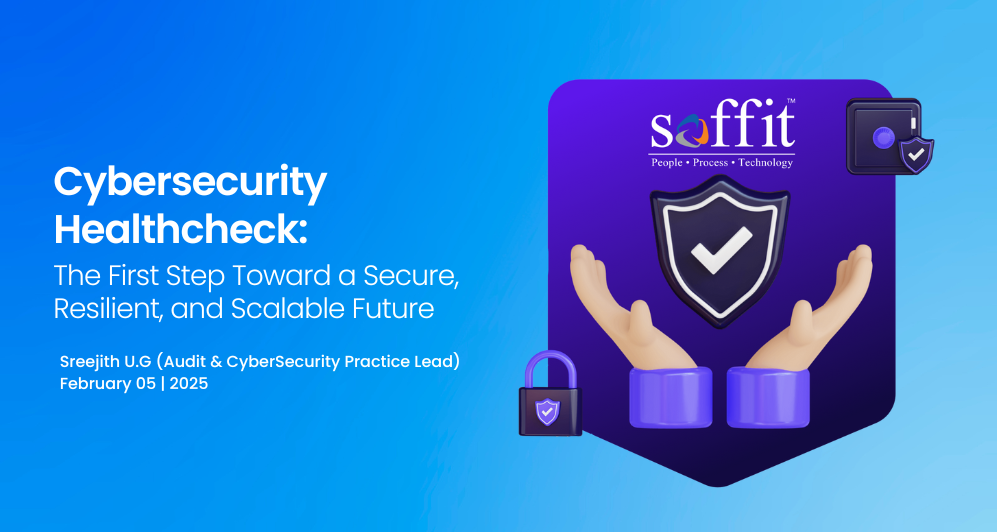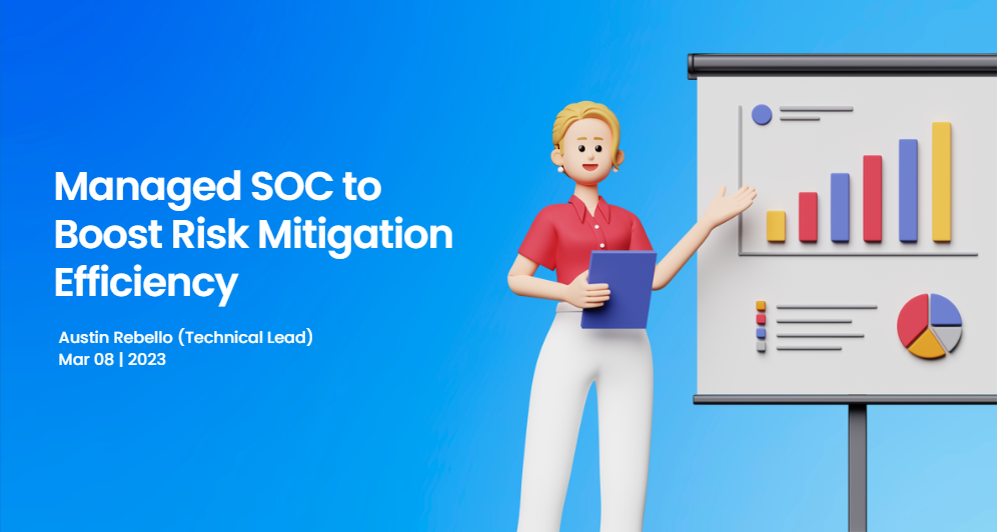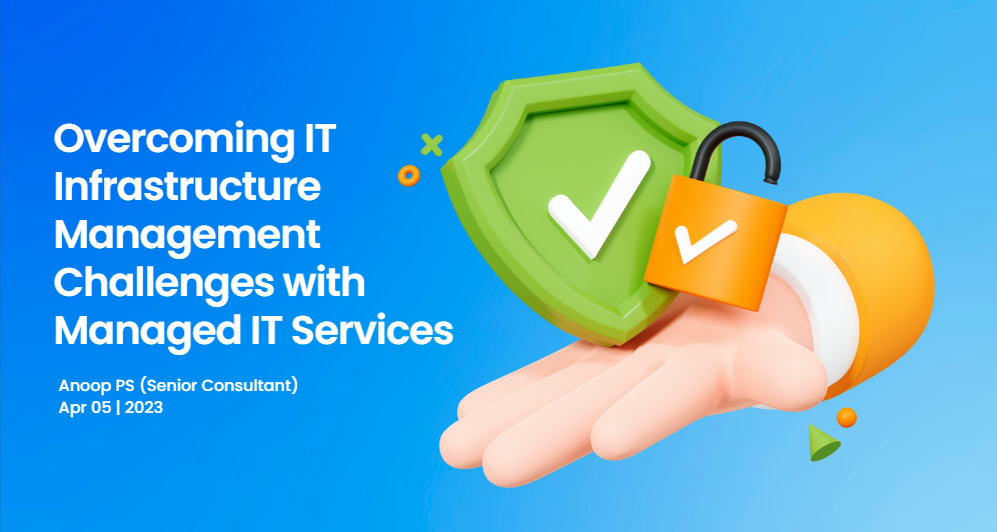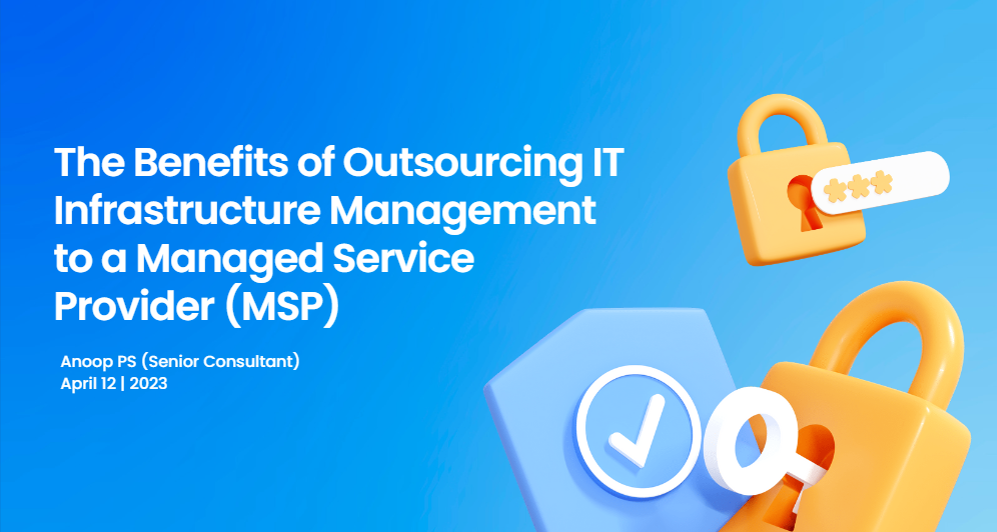sales@soffit.in | support@soffit.in | helpdesk@soffit.in
+91 1800 103 8 912 | +91 94 950 93 000

Top Stories

The digital realm has become a battleground where cyber criminals launch relentless attacks. Data breaches, once considered rare, have become disturbingly common, compromising sensitive information. With businesses and organizations increasingly relying on software applications for daily operations, the need for secure software development has reached unprecedented heights.
Code can become insecure due to various factors, such as poor coding practices, a lack of input validation, inadequate error handling, and insufficient authentication and authorization mechanisms. Additionally, the use of outdated or vulnerable libraries and frameworks can also introduce security vulnerabilities into the codebase.
The consequences of these code vulnerabilities are many. They can range from unauthorized access to sensitive data to the compromise of the entire system. Hackers can exploit these vulnerabilities to gain control over the software, manipulate or steal data, and even launch attacks on other systems connected to it.
Unmasking sensitive data that contains confidential information about a company’s operations, customers, or employees could result in a data breach that could impact a company’s reputation. This can lead to lost customers and decreased profitability and may impact business relationships and partnerships. They can target your customers and clients, which depend on the applications for their own operations, resulting in supply chain attacks.
The SolarWinds attack, a stark reminder of the ever-evolving threat landscape affected more than 30,000 public and private organizations, involved hackers infiltrating the systems of over 18,000 customers through a sophisticated supply chain attack. Exploiting a backdoor in the SolarWinds Orion Platform, the attackers gained unauthorized access and could impersonate users and accounts with impunity.
The 2023 Open Source Security and Risk Analysis (OSSRA) report underscores the prevalence of software vulnerabilities, revealing that nearly 78% of software used by businesses is open source, with 87% carrying security and operational risks. In line with these findings, Gartner reveals a compelling trend in the market spending on application security. The figures speak volumes—spending increased from 4,963 in 2021 to 7,503 in 2023, showcasing a consistent upward trajectory. This substantial investment underscores the growing recognition of the critical need to fortify application security against evolving cyber risks.
Amid this perilous landscape, secure code review stands as a beacon of hope. This proactive approach plays a crucial role in safeguarding digital systems by identifying and mitigating potential vulnerabilities before they can be exploited. Secure code review serves as the sentinel, ensuring that there are no code bugs that could expose vulnerabilities. This practice acts as a safeguard, potentially saving organizations from the profound financial losses that inevitably lead to a data breach.
Key Benefits of Regular Secure Code Review
Regular code reviews offer a range of advantages, making them a critical practice in software development and security. Here are the advantages of conducting regular code reviews:
- Regular code reviews provide an opportunity to identify vulnerabilities and security flaws early in the development process. This reduces the likelihood of larger, systemic problems occurring in the software. This proactive approach strengthens an organization's security posture.
- Identifying and fixing issues during the development phase is far less expensive than addressing them after the software has been deployed, which becomes more complex and costly to rectify.
- This improves code quality and security, leading to more stable and secure software products. which enhances customer satisfaction and trust in the product and the organization.
- Code reviews promote best practices and coding standards by involving multiple team members in the evaluation of code. Through constructive feedback and collaboration, developers learn from one another, resulting in improved code quality, maintainability, and readability.
- Many industries and regulatory bodies have established security standards and compliance requirements, such as GDPR, HIPAA, ISO 27001, and more. Regular code reviews help ensure that software aligns with these standards and regulations, reducing legal and reputational risks.
What are the best practices that can be followed
The following are some of the best practices that can be implemented in developing a security framework for software and applications:
- Incorporate industry-standard lists like the OWASP secure code review framework into your code review process. These resources provide a comprehensive overview of common programming flaws and vulnerabilities that could compromise software security.
- Update and patch their software on a regular basis to mitigate vulnerabilities and ensure application security.
- Utilize robust authentication mechanisms to verify the identity of users and maintain access control.
- Limit access permissions, allowing users to perform specific tasks or access the required information.
- Make use of observability tools to closely monitor user activity, network traffic, and developer environment activities for anomalies and suspicious behavior, ensuring timely threat detection.
- Build a routine for assessing code for security issues, with a focus on identifying and fixing vulnerabilities.
- Review and audit the code repository settings on a regular basis to ensure they stay configured for optimal security and compliance.
- Foster a culture where security is integrated into the development process, ensuring that security issues are included in all phases of development.
- Implement tools like application threat modeling to detect and comprehend security design issues in software and applications, allowing for proactive remediation.
- Recognize the potential legal, financial, and reputational impacts of source code leaks. Implement preventive measures and monitor and detect potential breaches proactively.
- Incorporate monitoring and detection tools to enhance overall cybersecurity posture, enabling rapid response to security incidents and reducing the impact of breaches.
Conclusion
Regular code reviews play a pivotal role in not only enhancing the security and quality of software but also in ensuring compliance with industry standards and regulations. By conducting code reviews as a routine practice, organizations can deliver more secure, reliable, and maintainable software while minimizing the risks associated with defects and vulnerabilities.
References

Soffit Infrastructure Services Pvt Ltd
Novel MSR Building,
Marathahalli, Bengaluru,
Karnataka 560037
administrative office
Soffit Infrastructure Services (P) Ltd
34/1441, Punnakkal, Elamakkara PO
Kochi 682026, Kerala, India
support
support [at] soffit [dot] in
helpdesk [at] soffit [dot] in
+91 1800 103 8 912
administration
info [at] soffit [dot] in
careers [at] soffit [dot] in
+91 8138 9042 30


Terms of use | Privacy Policy | Contact us
© 2025 Soffit Infrastructure Services Pvt Ltd. All Rights Reserved
Designed & Developed by Websoul Techserve












